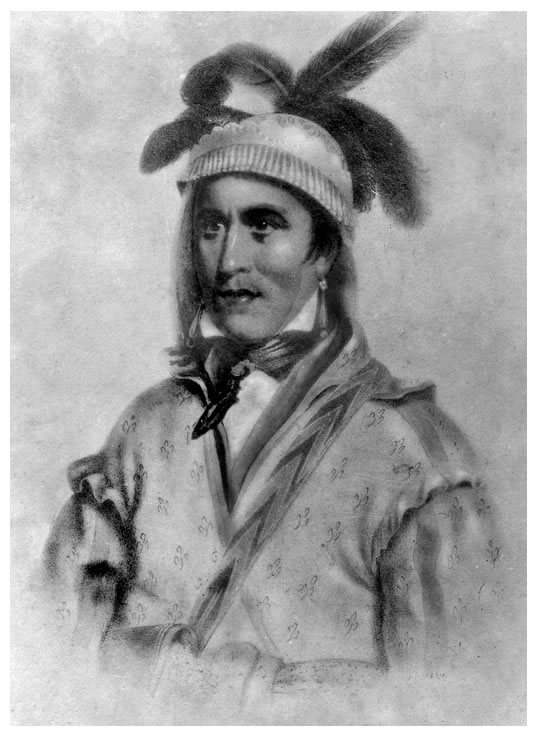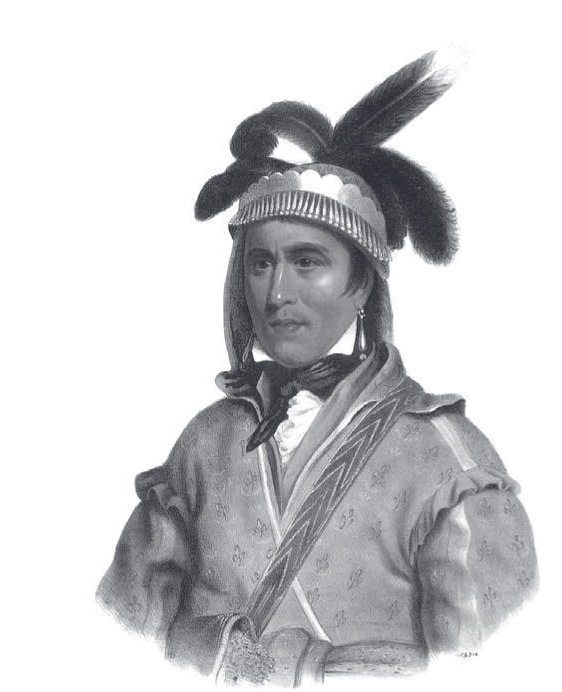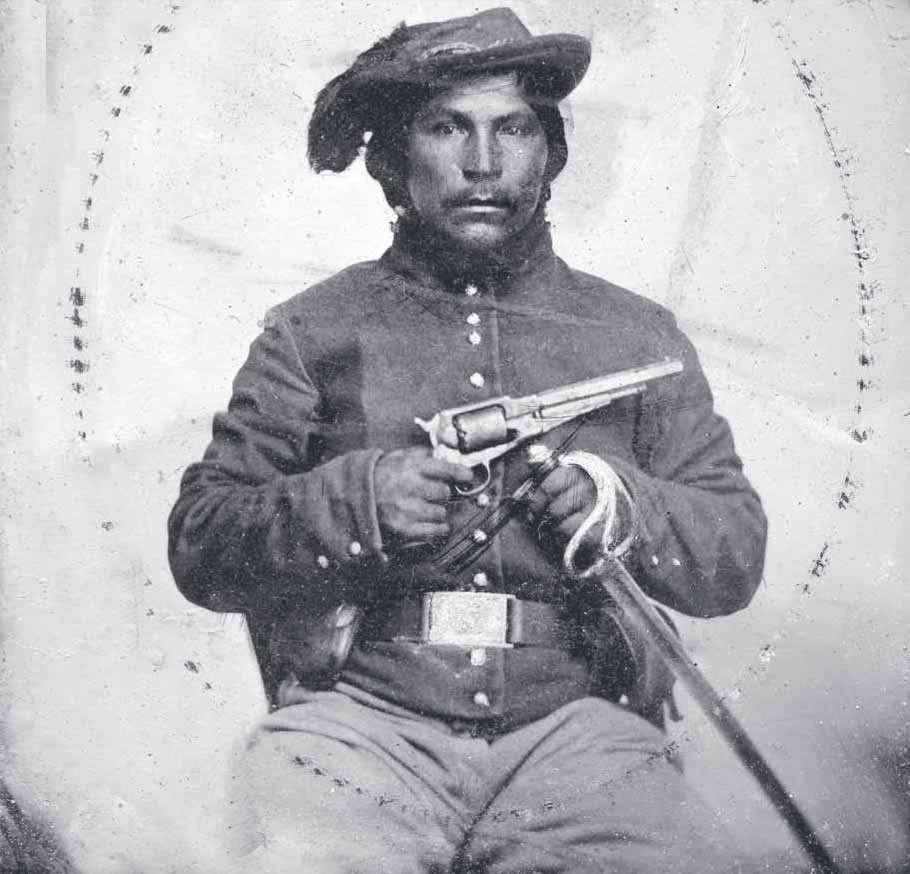In 1804, Thomas Jefferson said of the Osage, they are “certainly the most gigantic men we have ever seen,” later adding, “the finest men we have ever seen.” That same year, at the mouth of the Osage River neasr present Jefferson City, Missouri, a member of Lewis and Clark’s Corps of Discovery wrote in his journal that they had come across the “best land he had ever seen,” that the “Osage Nation of Indians live about two hundred miles up this river. They are of a large size and well proportioned, and a very warlike people.” NPS. In 1834, during a visit to Fort Gibson, Indian Territory (Oklahoma), 19th-century painter George Catlin called the Osage “the tallest race of men in North America, either red or white skins; there being few indeed of the men at their full growth, who are less than six feet in stature, and very many of them six and a half, and others seven feet.”
Caitlin painted these Osage warriors.
Of the Osage in Kansas little is written down.
A few names, Osage County (a name that appears to be happenstance as most of the county land was part of a Shawnee Preserve), Osage City in Osage County; some history, the Diminished Reserve for the Osage Indians in southeast Kansas, little to remind us of the Osage Indian tribe, great hunters on horses, who once roamed the prairies before this was Kansas.
For this reason I have tried to gather together a few threads of what is left.
According to oral tradition, the Osage once lived and hunted along the Ohio River Valley in an area that included Ohio, Kentucky, Indiana, and Illinois, and beyond to Arkansas where the Osage River flows into the present Lake of the Ozarks. There they discovered that the wood from the Osage orange tree, native to the area, made a strong and resilient bow. The name Osage became the name of the tree, and its French nickname, Bois d’arc (wood of the bow).
As more eastern settlers arrived, the greater part of the Osage Indian tribe moved to the Osage River in Missouri, and a smaller group, the Little Osage, to the Missouri River near the village of the Missouri Indians. Then, in 1802, before the United States acquired the Louisiana Territory from France, a third division, the “Arkansas Band,” consisting of nearly half of the Big Osage, migrated further west to lands along the Arkansas River under a chief known as Big Track (Ka-se-gra, Tracks Far Away). A treaty in 1808 and a series of treaties thereafter, resulted in the Osage ceding all claims to land in Missouri. Missouri’s statehood in 1821, accelerated the Osage removal west to ‘Indian Territory’. Various Osage clans joined their brothers and sisters settling in what would later become Oklahoma and Kansas Territories.
Here they would establish several villages including: Heakdhetanwan, on Spring Creek, a branch of Neosho River (near present Neosha Falls); Khdhasiukdhin, on Neosho River (Kansas); Manhukdhintanwan, a branch of Neosho River (southeastern Kansas, northeastern Oklahoma); Nanzewaspe, Neosho valley (southeastern Kansas). There is also record of their choosing to live near Pumpkin and Drum creeks on the Verdigris River in present Montgomery County (*Cutler’s History). Their peaceful life consisted of hunting, gathering and farming.
In the month of June 1860, Chief Minko Shinka, Little Bear, lead his band of Osage to their traditional buffalo hunting grounds in and among the short prairie grass along the Arkansas River at the southern edge of the Flint Hills. The trail there began in the Osage villages along the Neosho om southeastern Kansas and northeastern Oklahoma, travelling he wide stretch along what is now either Highway 400 near Beaumont, or on a more northerly path along Highway 54 and present Eureka, eventually crossing the Walnut two miles south of present El Dorado, crossed the Whitewater at Towanda, and reached the Little Arkansas, Tlo-Shusta-Shinka, west of Kechi, near present Park City.
The arrived at the settlement of John Ross and his family on the eastern bank of the Arkansas.
As a side note, Laura Ingalls Wilder’s book, Little House on the Prairie tells the story of the time between 1869 and 1870, that her family illegally spent on Osage land in Kansas, 12 miles southwest of Independence.
While there were disputes with the Cherokees because of conflicting claims to settlement land in Oklahoma, it appears that by 1872, the Osage finally relinquished all claims to land in Kansas.








